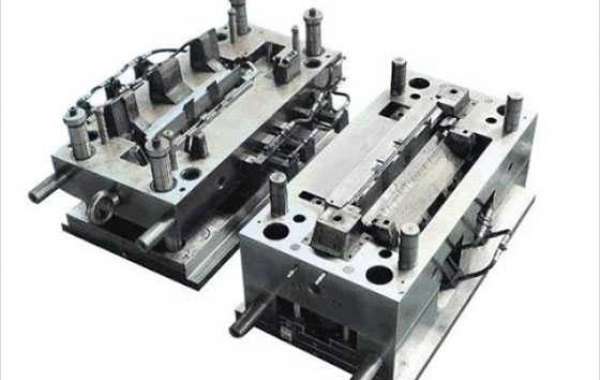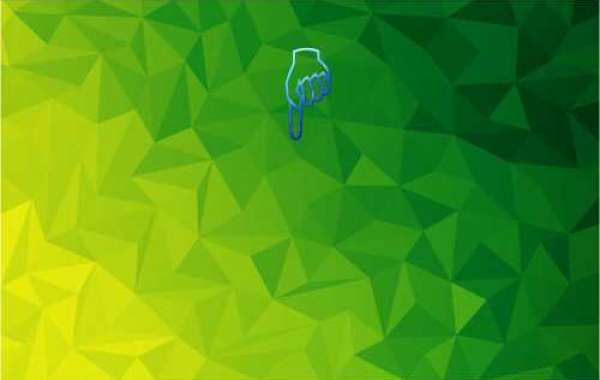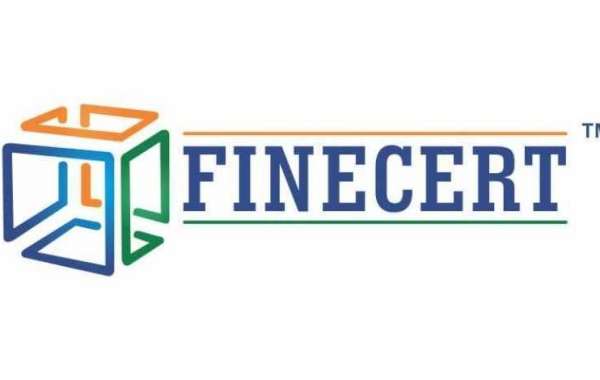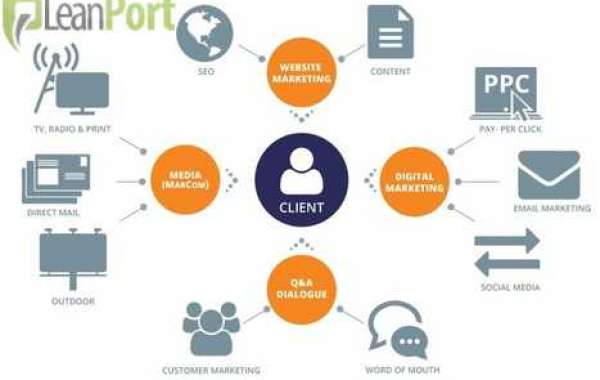Electrophoretic deposition (also known as electrocoating or e-coating) and powder coating are two processes that are comparable in terms of industrial metal finishing. These two processes are similar in that they both involve the application of a coating to a substrate for a variety of purposes such as improving corrosion protection, increasing wear resistance, promoting adhesion, and many others.
Electronic Coating (E-Coating)
It is more similar to electro Plating than powder coating in that it is applied on a surface. E-coating is a process in which the substrate is immersed in a bath of paint, epoxy, or another water-based solution. The particles suspended in the liquid solution are then drawn to the surface of the substrate by an electric current, which attracts them to the surface of the substrate. Increase or decrease the voltage level can be used to control the electrodeposition process until the desired level of coating thickness is achieved. The coated substrate is then baked in an oven to promote cross-linking and further strengthen the coating.
Powder Coating is a type of coating that is applied in a powder form
While e-coating is considered to be a "wet" process, powder coating involves the application of a dry powder that is composed of a precise combination of epoxy resins and various curing agents. The particles are electrostatically applied to the surface of the substrate with the help of a spray gun. In order for particles to adhere to a surface, they must be electrically charged. Curing is also used as a final step in the powder coating process to provide a smooth finish. In addition to melting the particles, curing also acts as a catalyst for a chemical reaction that results in the desired finish.
When Is E-Coating the Most Economical Option?
Because of the way e-coating is applied, it is typically the better choice when it comes to coating parts that have difficult-to-reach areas. The reason for this is that immersing an object in a liquid promotes a more even and thorough distribution of the coating than can be achieved with a spray gun in most instances. In addition, the powder coating application process tends to result in a thicker coating.
In contrast, the e-coating process allows for more precise control over the coating thickness; it is much easier to produce a thinner coating with e-coating than it is with powder coating. In the automotive industry, where an e-coating is typically applied as a primer coat prior to painting in order to provide increased corrosion protection, these two advantages are particularly important.
Is it possible to powder coat over E-Coat?
In a nutshell, "yes."The application of a powder coating topcoat over an e-coat film is not a new development. The process has been successfully implemented in a variety of applications across a wide range of industries. As long as the e-coat is properly cured for the appropriate amount of time, adhesion between the powder and e-coat is not a problem.
Coverage: When it comes to accessing difficult-to-reach parts within your metal products, e-coating is the superior option of the two. Powder coating, on the other hand, may still be desired as a decorative touch. You can have your product e-coated, cured, and then powder coated for a stylish finish if you want a combination of looks and all-encompassing coverage.








